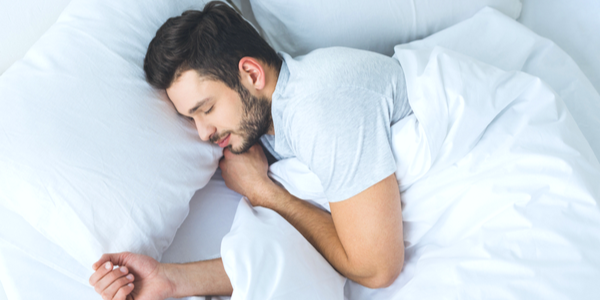
Daylight Savings Time (DST) adjustments of "springing forward" in the spring and "falling back" in the fall not only alter physical clocks but also the body's internal clock. Unfortunately, some feel the effects of DST days or even weeks after the time change.
Adjusting to DST can offset sleep patterns, cause extra drowsiness, and affect mood and alertness. In fact, DST transitions are associated with an increased risk for both car accidents and heart attack. These increased risks are from abrupt alterations in circadian rhythm (the body's sleep /wake cycle) and increased sleep deprivation.
While sleep disruptions and other schedule alterations can seem inevitable with DST, there are ways to ease into time changes effortlessly. Follow these below tips for making a smooth transition with time changes.
6 Daylight Saving Time Safety Tips
Whether losing an hour of sleep or gaining one, adjusting to time shifts can feel challenging. Cater to the body's clock as best as possible with these 6 daylight savings tips.
1. Start Time Changes Early and Gradually
Instead of waiting until the night of DST to adjust an hour, work up to DST changes gradually. Start a few days or up to a week before the night of DST.
For springing forward, wake up 15 to 30 minutes earlier than normal when leading up to DST. For falling back, move bedtime back 15 to 30 minutes from normal.
2. Limit Caffeine and Alcohol
Although morning coffee can provide that extra jolt to tackle the day, consistent caffeine use in the late afternoon and evening hours can interfere with nightly sleep cycles. If you do consume caffeine-containing products (including coffee, tea, and soft drinks), try to keep their intake in the morning and earlier afternoon hours to aid in sleep inducement leading up to bedtime.
Because alcohol can also interfere with sleep, it can be helpful to avoid alcohol leading up to and after time changes.
3. Enhance Indoor Lighting
To combat the darkness that approaches earlier in the day for DST falling back, take advantage of indoor lighting. Though artificial light suppresses melatonin (the sleep-inducing hormone), utilizing it in the afternoon and early evening hours can keep melatonin from surfacing too early in the day.
As a general guideline, reduce lighting at least an hour before bedtime. Furthermore, eliminate screen time (from televisions, phones, and other electronics), as their brightness can further hinder sleep.
To transition to time change with earlier sunlight, use the early lighting to your advantage. Get outside and let in the natural light to help reset your circadian rhythm throughout the day.
4. Exercise
Consistently, exercise has been shown to positively affect health both mentally and physically. Daylight savings exercise tips include attempting a workout in the light, morning hours. And if energy levels start to plummet in the afternoon and evening hours, tackle shorter workouts.
These 10-minute workouts are perfect for daylight saving exercises - they are not only short but still effective! Give it your all and best effort to gain the largest benefits.
5. Shorten or Prevent Naps
If time allows, naps can be a huge component of an individual's life, and in a positive way. But naps, especially during the afternoon, may prevent or disrupt the ease of bedtime during the night hours. Instead of resorting to a nap, try to stay active to trigger endorphins, also known as the body's "feel-good" chemicals.
If a nap is required around daylight savings, Cleveland Clinic suggests taking naps earlier in the day and cap them at 20 minutes.
6. Avoid Late Meals
Though some schedules may require a late meal, try to avoid a large meal intake close to bedtime.
Big portions of food can inhibit a proper sleep cycle, only accelerating the disruptions much deal with during DST. Additionally, heavy fat intake takes longer to digest and may lead to discomfort when lying down in bed.
If feeling hungry approaching bedtime, try out one of these foods to eat at night. Not only are they healthy, but might just help induce sleep!
In Summary on Time Changes
Whether falling back or springing ahead, adjusting to time change can take a toll on sleep, schedules, mood, and alertness. As a result, studies show daylight savings can increase the risk for heart attacks and car accidents.
The listed tips for coping with daylight saving time can help ease into the transition and feel more natural. They include gradually adjusting bedtime and waking up, limiting caffeine, alcohol, utilizing indoor and outdoor light, exercising, limiting late napping, and avoiding late meals.
Reference:
Daylight Saving Time: 4 Tips to Help Your Body Adjust. Published February 28, 2020. https://health.clevelandclinic.org/daylight-savings-time-change-4-tips-to-help-your-body-adjust/.







